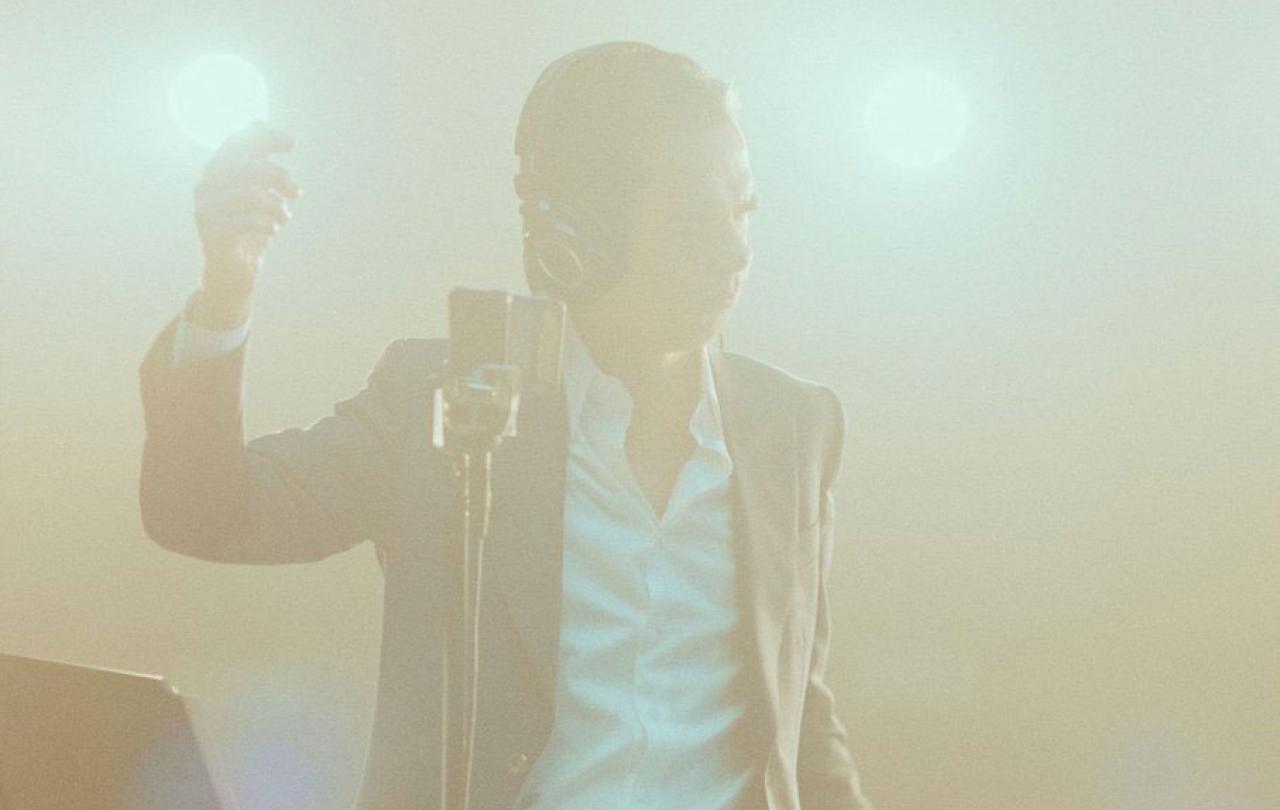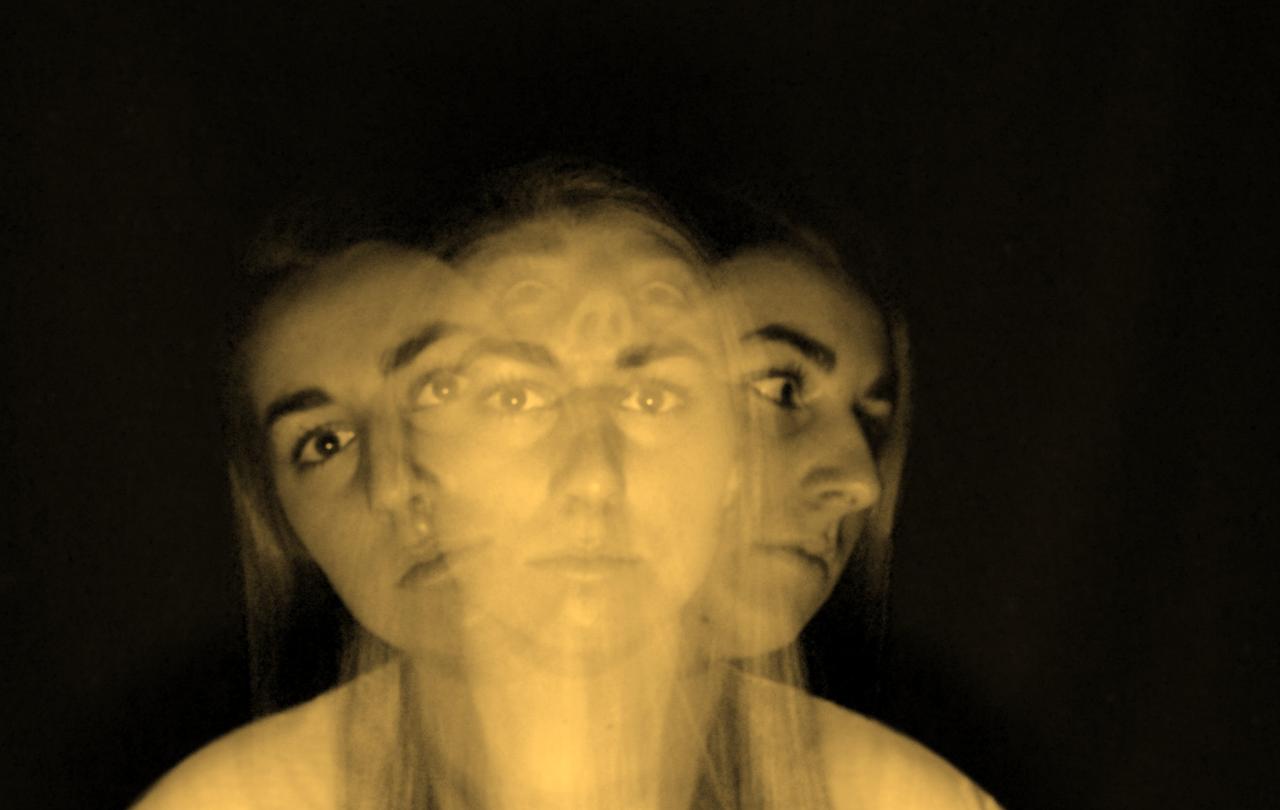
Nick Cave is inspired by the Bible, Greek myth, and literature, as well as his enduring passion for gospel, the blues, and alt-rock. His life journey arcs from his Australian childhood through his struggles with drug addiction and youthful fascination with the nightmare landscapes of America’s Wild West and southern gothic, toward a reckoning with his own Christian spirituality. In Darker than the Dawn, Adam Steiner rappels deep into Cave's songs of love and death.
The book is organised thematically within an overarching chronological arc moving from dusk to midnight to dawn. This structure aims to broadly mirror Cave's life, with its experiences of addiction, relational breakdown and encounters with grief. Steiner's themes include rock and roll, literature, humour, love, time, spirituality, death, creation, and these indicate the breadth of Cave's concerns. Politics, though, is conspicuous by its absence, being ground on which Cave chooses not to walk in his songs.
Steiner recognises here the influence on Cave, as on several other rock stars including Bruce Springsteen and Bono, of the Roman Catholic Southern Gothic novelist Flannery O’Connor.
Steiner is excellent on Cave's rock roots and biblical inspirations from language to imagery to themes. In an insightful discussion of ‘Tupelo’ from The Firstborn Is Dead, which itself becomes “a Deep South concept album”, Steiner notes that the situation of Elvis Presley’s humble background in Tupelo exposed him “to both gospel and blues music, and the roots of these musics in “spirituals” that would likely have been sung by the enslaved ancestors of his neighbors only a generation before.” Similarly, “the push and pull of deliverance and self-abnegation” are “offered too in Cave’s music alongside the glorious troubles of the blues singing tribute to the “the joys and the pain of the world of the flesh.””
The ”Christ-haunted” American South of Presley and of ‘Tupelo’ becomes the atmosphere in which the early tracks by Nick Cave and the Bad Seeds are “mired”. Steiner, whose own use of language is poetic, describes this as “a torrid damp heat of blood driven into sweat all suggesting a permanent sense of ruin and decline”. Within this atmosphere, “we see alienated people searching for escape or redemption, roving outcasts looking to be reborn” whose “sharp-edge story arcs follow the Southern Gothic tradition, at its essence a series of sharp turns”.
Steiner recognises here the influence on Cave, as on several other rock stars including Bruce Springsteen and Bono, of the Roman Catholic Southern Gothic novelist Flannery O’Connor. It was O’Connor who adroitly labelled the Deep South as “Christ-haunted” as opposed to “Christ-centred”. Yet, while Steiner gives us much helpful reflection on Cave and O’Connor, he doesn’t acknowledge two key concepts which also impact Cave’s approach.
The subtlety of Cave’s art, as with that of O’Connor, is that it leaves us pondering the possibility without giving the certainty that a propagandist or evangelist would deliver.
The first is that, in an age when writers with Christian concerns find in modern life distortions that are repugnant to them, their problem “will be to make these appear as distortions to an audience which is used to seeing them as natural”. O’Connor’s answer to this dilemma was to utilise the grotesque and “make your vision apparent by shock – to the hard of hearing you shout, and for the almost-blind you draw large and startling figures”. Second, O’Connor embeds this idea in her characters and in the structure of her stories through her use of epiphanies. In her work, she repeatedly gives us religion-haunted sinners who experience moments of revelation (epiphanies) about themselves in which they realise their depravity or their potential for grace or both. These experiences of awakening lead them and her readers to become aware of grace.
Like O’Connor, Cave also seeks to shock by pushing “our faces up to the ugliest side of human behaviors”, in particular when he explores “the question of a fixed human nature where some are “born to be bad” … and … others to become victims”. ‘The Mercy Seat’ is one such song; a stream of consciousness outpouring from a murderer imminently facing the electric chair. In this song, Steiner suggests “outright criminality” is being exhibited, as this Christ-haunted murderer claims he told the truth and is not afraid to die. What Steiner’s characterisation of this song overlooks, however, is the penultimate line in which Cave’s character states, “I’m afraid I told a lie”. It is possible, therefore, that this song ends with an O’Connor-like epiphany, a moment of recognition that, even as the criminal dies, opens up the possibility of grace. The subtlety of Cave’s art, as with that of O’Connor, is that it leaves us pondering the possibility without giving the certainty that a propagandist or evangelist would deliver.
Steiner is also very good when discussing the influence of the Bible on Cave’s work. He briefly outlines Cave’s journey with the Bible from chorister at Wangaratta Cathedral through his choice at 22 to mine its stories to inform his songwriting and on to his rediscovery of the New Testament and the “seduction of Christianity” when writing an Introduction’ to The Gospel According to Mark for the Canongate Pocket Canons. As Steiner notes, “Early on in his career Cave embraced the vitality and urgency of the Old Testament”, while the New Testament “introduced a more personal revelation … an awakening to the possibilities of self-transformation”. For Cave, Steiner suggests, “this would mean creating art that even in profanity, anger, and nihilism worked towards the glory of God, to become an enervating, enriching force”. His adoption of approaches learnt from O’Connor reveal how such a combination is possible.
Cave is also fascinated by the image of the Kingdom of God; a trope that Steiner somewhat overlooks. Tender Prey, the album which contained ‘The Mercy Seat’ is again key in this regard. Tender Prey ends with ‘New Morning’, a song to sit alongside the ‘New Morning’ of Bob Dylan and the ‘Brand New Day’ of Van Morrison. ‘New Morning’ begins with its protagonist awakened by the Sun shining in a sky that “was a Kingdom / All covered in blood”. He kneels in a garden and prays: “Thank you for giving / This bright new morning / So steeped seemed the evening / In darkness and blood / There'll be no sadness / There'll be no sorrow / There'll be no road too narrow / There'll be a new day / And it's today / For us.” Those that know their Bibles will recognise the reference to the coming of God’s kingdom as described in ‘Revelation’.
This vision of the coming kingdom of peace is set at the end of an album that is full of darkness and blood; a choice that becomes symptomatic of the way Cave uses imagery of the kingdom from this point onwards i.e. simply juxtaposed with his exploration of life's depravities as an alternative vision. ‘O Children’, ‘Bright Horses’ and ‘White Elephant’ are all examples of this approach. In ‘Lavender Fields’ the kingdom in the sky is the answer to the question as to where the dead go, while in ‘Sun Forest’, “A spiral of children climbs up to the sun” and God or the lost loved one are here beside in the sun and within. Cave’s most straightforward songs utilising this imagery are ‘I Have Wandered All My Unending Days’ (from Seven Psalms) and ‘There Is A Kingdom’: “There is a kingdom / There is a king / And He lives without / And He lives within / And He is everything”.
This has led to an understanding of art as a religious undertaking, in part because to repair the heart may be the purpose of making music.
Steiner ends his book with a description of Cave’s work that can be understood from either a secular or religious perspective:
“Nick Cave and The Bad Seeds’ songs of life, love, and death often reveal us to be flawed, vulnerable beings, and though we are diminished by death, the opportunity of life gives us the chance to experience and create great things in works of art and acts of love and kindness. In doing so we escape the limits of our mortality, forever moving against the tides in the hope that each of us will find a new day beyond the horizon.”
Although this summary can be read from either perspective, the secular reading is one that would not exist without the religious reading. Cave, as has been made clear through his conversations with the journalist Seán O'Hagan published as Faith, Hope, and Carnage, has been inclining for some time towards the religious perspective.
The grief he has felt at the tragic death of his son Arthur has led to hope in “an “impossible realm” where glimpses of the preternatural essence of things find their voice”. He believes that “Arthur lives there” and “Inside that space, it feels a relief to trust in certain glimpses of something else, something other, something beyond”. Music, of all the creative forms, he suggests “best repairs the heart”. He knows this “because it has restored me and has been my salvation”. It “radiates love and makes things better”. In addition, when his son died, he “started to understand the precarious and vulnerable position of the world”; “started to fret for it” and worry about it. As a result, he “felt a sudden, urgent need to, at the very least, extend a hand in some way to assist it — this terrible, beautiful world — instead of merely vilifying it, and sitting in judgement of it”.
This has led to an understanding of art as a religious undertaking, in part because to repair the heart may be the purpose of making music: “To make art and do things creatively is a way of redressing the balance of our sins in the world. To make art and to write songs goes some way in improving matters. There’s a sort of moral dimension to a song that they do good. And I think that’s one way of making amends or reconciling oneself to the world.”
On Seven Psalms Cave provides in ‘I Have Wandered All My Unending Days’ his own summary of his story to the refrain “There is a mansion in the sky / And we will go there by and by”:
“I have wandered all my unending days
Shuttered your shining aspect in the stars
Hidden alleys and tramp-broken highways
With little in my pockets but my prayers
And I have searched all my unending days
Slept in fields beneath a canopy of stars
Your face emerging in the early morning haze
Held in its position by my prayers
And though I have nothing but this prayer
That all will be revealed by and by
I pray someday, my Lord, you will appear
And lead me to your mansion in the sky”
Adam Steiner, Darker with the Dawn: Nick Cave's Songs of Love and Death, Rowman & Littlefield Publishers, 2023





